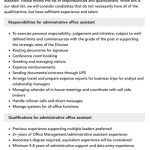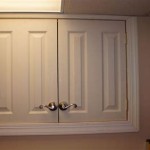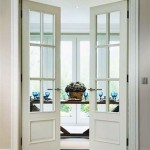Interior design is a multi-faceted profession in which creative and technical solutions are applied within a structure to achieve a built interior environment. The scope of work of an interior designer includes the planning and design of interior spaces with consideration for the safety, health, welfare and convenience of the occupants. Through an understanding of customer needs and preferences, interior designers create functional, aesthetically pleasing environments that are safe, comfortable, and efficient.
The Creative Process of Interior Design
The creative process of interior design begins with understanding the client’s needs and preferences. After assessing the space, designers create a concept that is translated into a working design plan. This plan is then used to guide the selection of materials, lighting, and furnishings. The overall design concept is based on the customer’s lifestyle, desired aesthetic, and budget. Interior designers also consider the safety, health, and welfare of the occupants when planning and designing interior spaces.
Incorporating Client Preferences into the Design
The goal of interior design is to create aesthetically pleasing, functional environments that meet the customer’s needs and preferences. This can be achieved by incorporating the customer’s personal style, desired colors, patterns, textures, furniture, and accessories into the design. Interior designers use a variety of tools, such as surveys and interviews, to gather information about the customer’s lifestyle, needs, and preferences. This information is used to create a design plan that reflects the customer’s individual style.
Using Technology in Interior Design
Technology is an essential part of the interior design process. Designers use a variety of software programs to create digital models of their designs. This helps them visualize their concepts and make changes quickly and easily. Technology also allows designers to collaborate with clients remotely, enabling them to get feedback and make changes quickly and efficiently. Through the use of technology, designers can also create virtual models of the space and show clients what the finished project will look like.
Conclusion
Interior design is a creative and technical field that requires a comprehensive understanding of customer needs and preferences. The scope of work for interior designers includes planning and designing interior spaces to meet the safety, health, welfare, and convenience of the occupants. Interior designers use a variety of tools and technologies to create aesthetically pleasing and functional spaces that reflect the customer’s individual style and budget. By understanding the creative process of interior design and incorporating client preferences into the design, interior designers can create beautiful and functional spaces that meet the customer’s needs and preferences.













Related Posts









